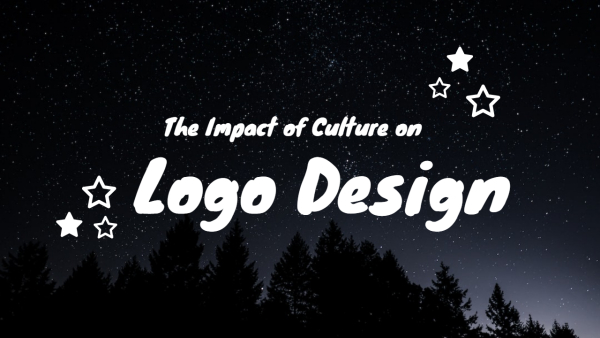In the ever-evolving landscape of branding, logo design stands as the visual embodiment of a company’s identity. Beyond mere aesthetics, logos serve as a powerful tool for communicating values, mission, and ethos. Utilizing a logo maker app, designers can navigate the intricate process of crafting a visual identity that transcends cultural boundaries.
Unraveling Cultural Influences
Cultural Significance in Branding
The amalgamation of culture and logo design goes beyond superficial aesthetics. It is a potent tool that influences brand perception. Brands rooted in a particular culture have a unique advantage in conveying authenticity and connecting with their target audience on a deeper level.
Every cultural element, from language and symbols to customs and traditions, contributes to the creation of a brand’s identity. Successful brands recognize the importance of aligning their logos with the cultural values of their target demographic. This ensures that the brand not only captures attention but also resonates with consumers on a profound level.
Colors and Symbolism
In our exploration of logo design, it is imperative to dissect the cultural nuances associated with color and symbolism. For instance, the color red may evoke different emotions in Western and Eastern cultures. Understanding these subtleties is key to crafting a logo that resonates universally.
Colors carry cultural meanings that can either enhance or undermine the intended message of a brand. Blue, often associated with trust and stability in Western cultures, might symbolize spirituality in Eastern cultures. The interplay between colors and cultural interpretations is a delicate dance that our SEO-optimized article aims to navigate with precision.
Case Studies: Cultural Diversity in Logo Design
Nike’s Swoosh: A Global Icon
The iconic Nike Swoosh serves as a stellar example of transcending cultural boundaries. Its simplicity and dynamic design make it universally recognizable. This case study emphasizes the power of simplicity and its ability to convey a brand’s message across diverse cultural landscapes.
Coca-Cola: A Classic Emblem of Unity
Coca-Cola’s logo is not just a visual identity; it is a symbol of shared moments and universal joy. The brand’s commitment to inclusivity is mirrored in its logo, showcasing how a brand can become a global unifier through thoughtful design.
Navigating Cultural Sensitivities in Design
Respectful Integration
One of the challenges in logo design is navigating cultural sensitivities. A misstep in cultural representation can lead to a backlash. Our team emphasizes the importance of thorough research and collaboration with cultural experts to ensure designs are respectful and inclusive.
Respectful integration involves more than just visual elements; it extends to understanding the cultural context in which a brand operates. By incorporating local nuances and avoiding stereotypes, brands can ensure their logos resonate positively with diverse audiences.
Adapting to Local Tastes
Successful global brands recognize the need for regional adaptations. We explore how tailoring logos to local tastes while maintaining brand consistency is a delicate yet impactful strategy. Striking this balance ensures resonance with diverse audiences.
Our SEO-optimized article goes beyond surface-level adaptation, delving into the psychology of consumer preferences. By understanding the subtle variations in local tastes, brands can create logos that not only attract attention but also foster a sense of belonging among consumers worldwide.
The Future Landscape: Cultural Inclusivity in Design
Embracing Diversity in Design Teams
As the world becomes more interconnected, the demand for culturally inclusive designs is paramount. Our insights shed light on the necessity of diverse design teams. Including individuals with diverse cultural backgrounds enriches the creative process, resulting in logos that speak to a global audience.
Technological Advances and Cultural Integration
In the age of technology, logo design is not confined by geographical borders. We delve into the role of technological advances in fostering cultural integration in design. Virtual collaboration tools and global inspiration networks are reshaping the way logos are conceived and executed.
Conclusion
In the dynamic realm of logo design, cultural influences emerge as a driving force, shaping the narrative of brands worldwide. From the symbolism embedded in icons to the strategic use of colors, cultural considerations are integral to crafting a logo that stands the test of time and resonates across diverse audiences.



